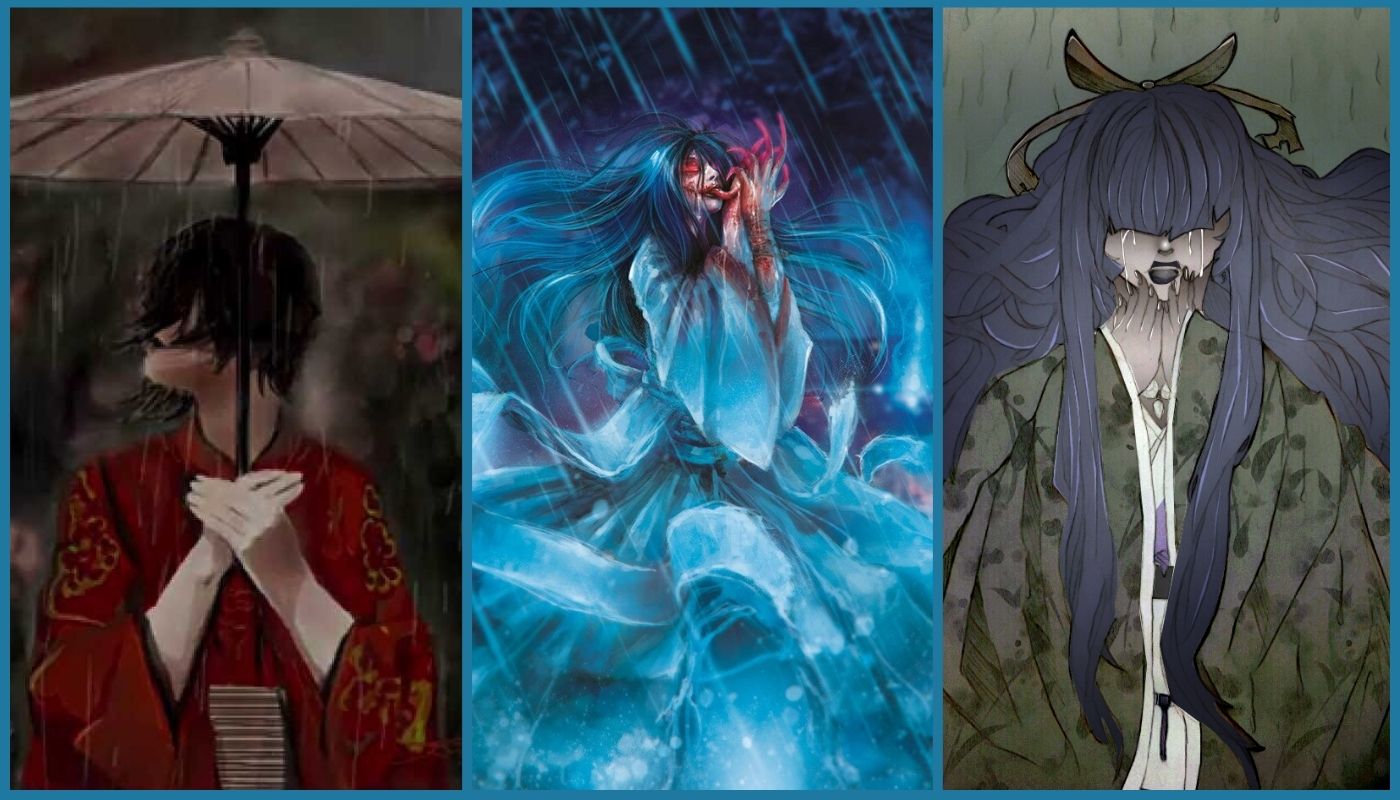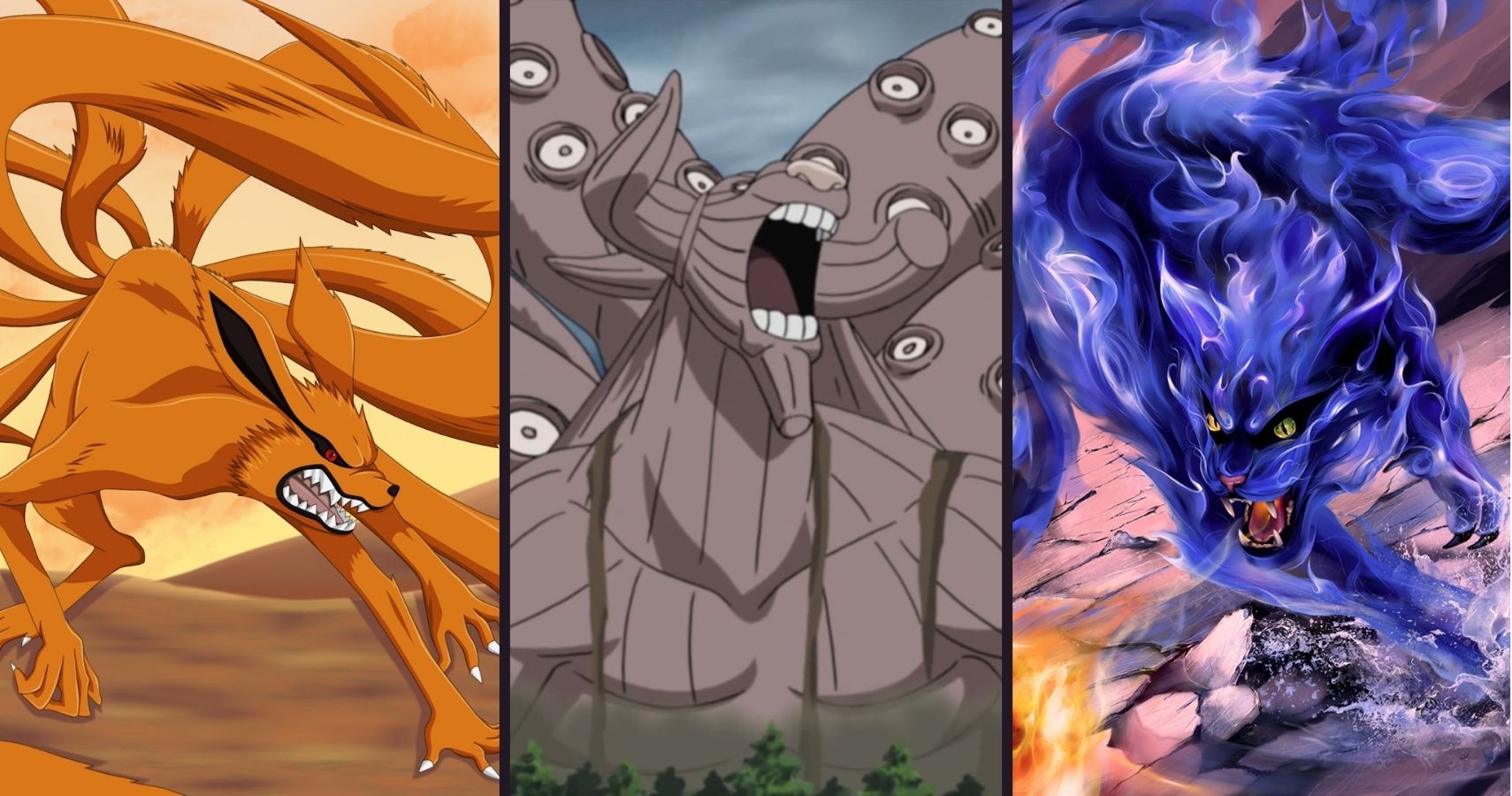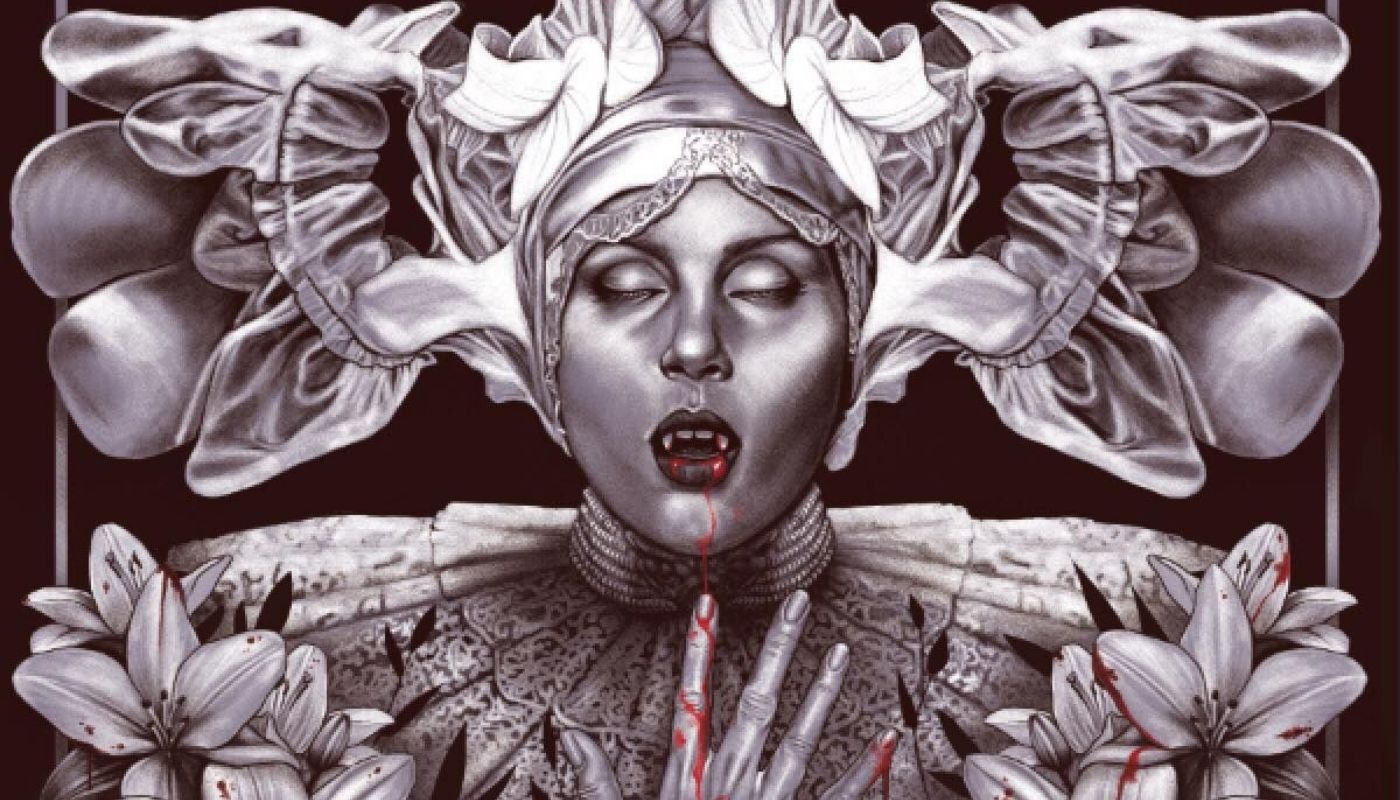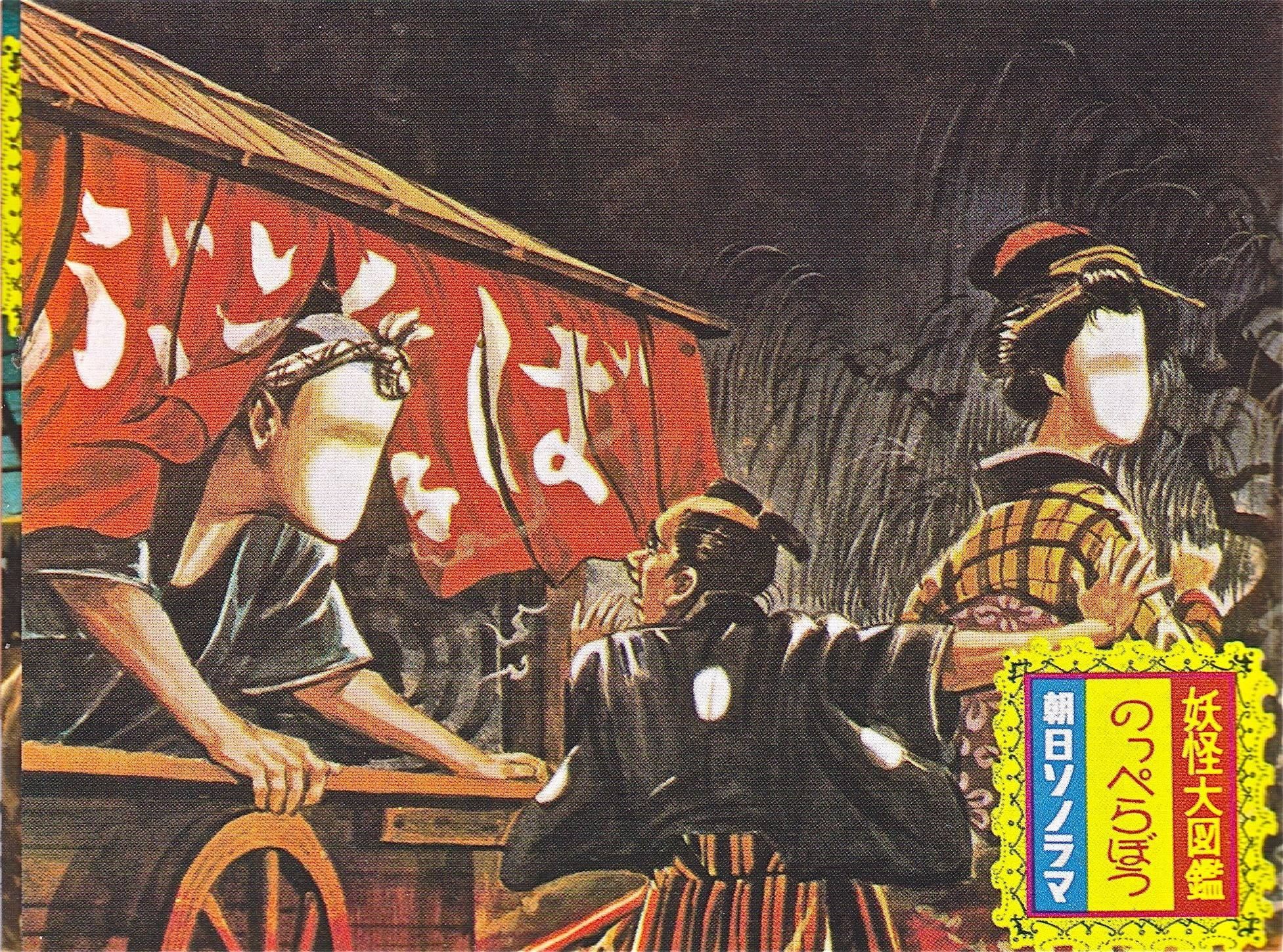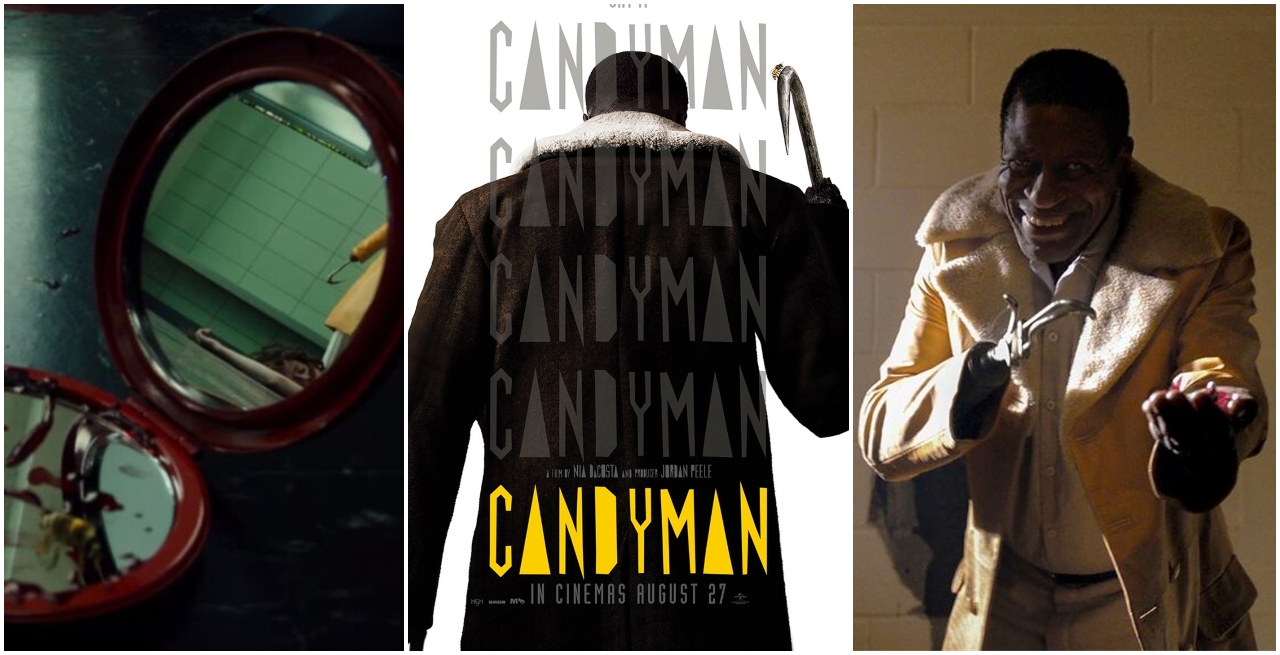
Director Nia DaCosta’s kind of mostly sequel to the 1992 original revives the Candyman. Say his name five times in the mirror if you dare, as Cabrini Green has dark secrets which are dangerous to uncover. This is an incredibly slick production, which shouldn’t be a surprise from Monkey Paw Studios. There’s some incredible cinematography
